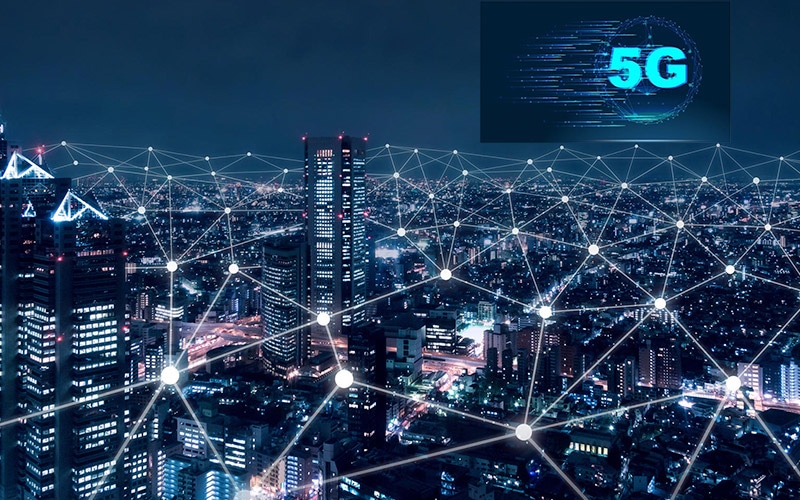Health and fitness Effects of 5G Radiation

The health consequences of radiation from 5G are being debated. However, one study suggests that there is a connection between radiofrequency radiation and cancer in male rats. does 5g emit radiation was classified up until it was declassified on the 12th of December 2012 by the Central Intelligence Agency, but it demonstrates that radiofrequency could trigger cancerous growth in animal, which includes humans. Researchers exposed male rats to radiofrequency for a period of 15 days. They discovered that they developed same types of cancers as humans do.
Health impacts of 5G radiation
While the rapid growth of wireless communications is causing the development of 5G technology, there are growing concerns regarding the health effects of the radiation from 5G. Although the higher frequencies do not penetrate the body as deeply as older technologies, scientists have identified potential effects on the system and are calling for further research. To ensure that the population is protected, the European Commission is requesting independent studies to determine if the technology poses any health hazards.
It is crucial to remember that there's a substantial amount of misunderstanding about the health effects of 5G, and it is essential to clear any misunderstandings that may persist. Although the technology isn't yet widespread however, there are many people who are being told it might cause health problems mostly via social networks, where hyperbolic words are used.
Beamforming technique
Beamforming is among the most vital technologies in 5G mobile networks. It is a method which makes use of multiple radiating elements to generate narrow beams. The aim for beamforming is minimize the amount of unwanted radiation within the resulting signal. This technique is commonly employed for wireless communications systems, and is vital to 5G's cost-effective coverage.
does 5g emit radiation by electronically weighting the individual signals from each antenna. This results in an extremely smaller beam of radiation which increases cell coverage indoors and near cell edges. This technique is vital because poor coverage can cause lower user satisfaction. Apart from increasing the signal beamforming reduces the amount of interference that a user receives from other devices.

Power density
The energy density of 5G radiation coming from cellphone towers is comparable to the previous generation of 3G and 4G systems. The reason for the lower power density is the sensitiveness of electronic components. The maximum radiation output of a 2G phone was approximate 2 Watts, while that of a 4G handset was about 200 milliwatts.
The power density is how much electromagnetic energy can be absorbed into the body from a specific distance. Power density for 5g radiation is usually expressed in the watts per square metres. Contrary to the SAR measurement the power density measurement is actually a measure of the quantity of electromagnetic energy in a given space. The limits for power density may differ for wearables and mobile devices dependent on their operating frequency and distance.
Specific absorption
A Specific Absorption Rate (SAR) can be described as a parameter that measures the rate at which a specific frequency deposits power into human tissues. In general, the SAR number should not exceed two Watts per kilogram of body mass. This figure is derived by the electrical field present in tissues as well as the mass density, which is measured as kilograms for each cubic millimeter. It was recently used to determine the antenna design.
The new radio technologies that make up the 5G network operate in frequencies that are lower than 6 GHz. These frequencies are referred to by the name millimeter wave. However, The FCC's SAR compliance test only applies to frequencies of up 6-GHz. Furthermore, the SAR test requires that measurements are conducted using phantoms that contain tissues simulating media.
Skin health effects
At present, we are not aware of the impacts of 5G radiation on the skin. The existing knowledge is limited due to the absence of research in-vivo as well as theoretic models. However, there is an urgent need for more research on the effects of 5G radiofrequency radiation on human skin. Utilizing 5G radio frequencies may cause skin damage particularly to the epidermis which is one of the most sensitive parts.
Contrary to 4G, 5G's radiation is one of the highest frequencies that has been found to cause heat to human tissues. The human body is dipolar, so the increased frequency of radio waves from 5G can cause heat to the skin. Exposure to radio frequencies of 5G may also affect other organs in the body, such as the brain.
